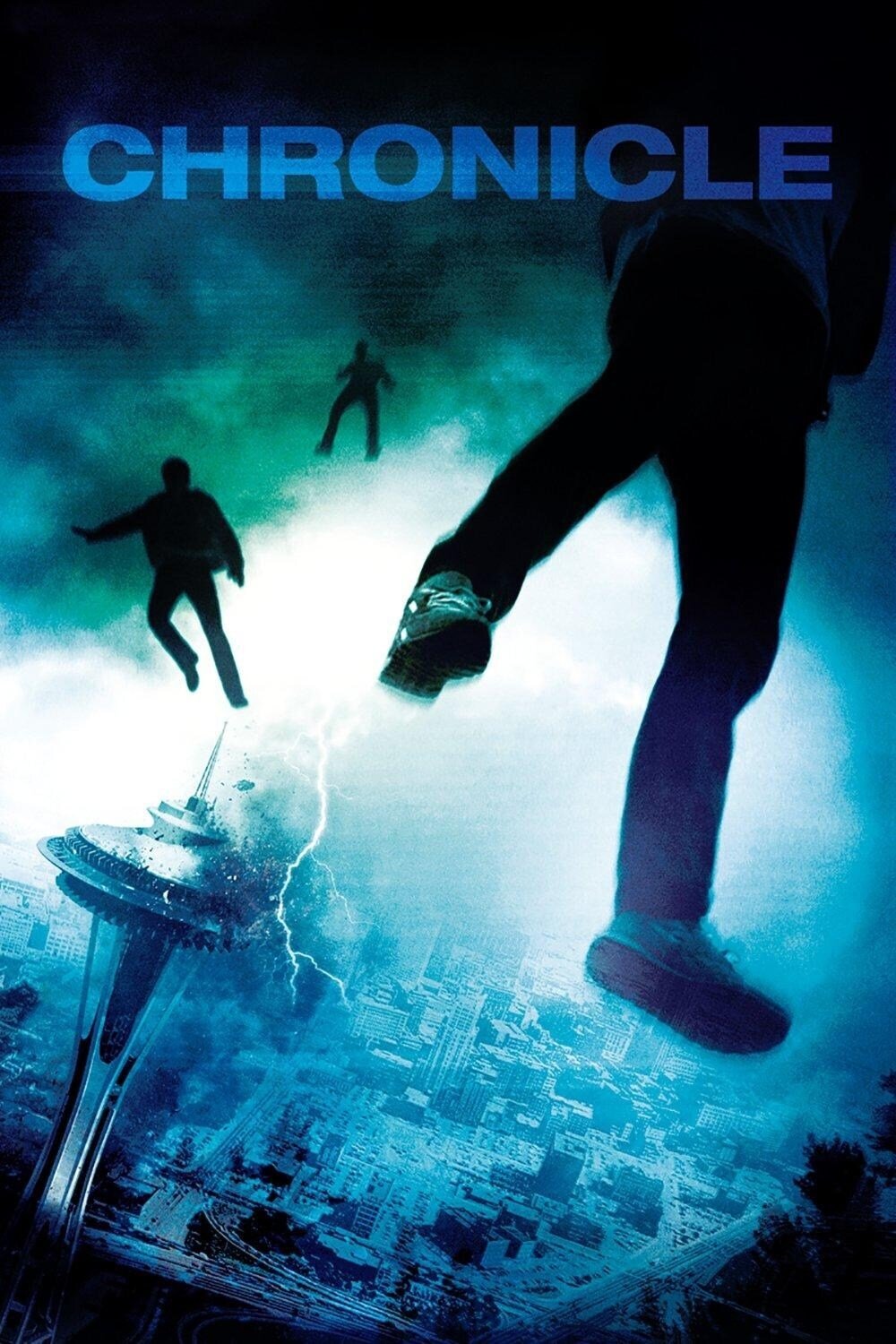Apollo 11 by Jackson Tyler
The Apollo 11 mission, the first successful crewed lunar landing, was a significant achievement in space exploration. Neil Armstrong and Buzz Aldrin successfully landed the lunar module Eagle on the Moon's surface on July 20, 1969, while Michael Collins orbited above in the command module Columbia. Armstrong and Aldrin conducted the first moonwalk, collecting 21.5 kg of lunar material and deploying scientific instruments to study moonquakes and meteor impacts. After spending 21 hours and 38 minutes on the lunar surface, the astronauts successfully lifted off in the ascent stage of the lunar module, docked with Columbia, and returned safely to Earth on July 24, 1969. NASA's comprehensive risk management strategies, including identifying potential risks at every mission phase, contributed to the mission's success despite unforeseen challenges. Residual pressure caused the lunar module to "pop like a cork," nudging the landing trajectory off target. The Moon's uneven gravitational field complicated navigation during descent. Armstrong had to take manual control to avoid large craters and rocks, landing the module downrange in a safer but unplanned area. Aldrin accidentally broke the tip of a circuit breaker critical for arming the lunar module's ascent engine during preparations for the moonwalk. Mission Control initially lost track of the exact landing site, complicating rendezvous planning. Buzz Aldrin had to perform a rendezvous radar check to help locate the module. Overall, Apollo 11's success was a testament to the astronauts' skill, NASA's meticulous planning, and the ability to adapt to unforeseen problems during one of humanity's most daring explorations.
- English (UK)
Add Review
You have to Sign In to share the review


